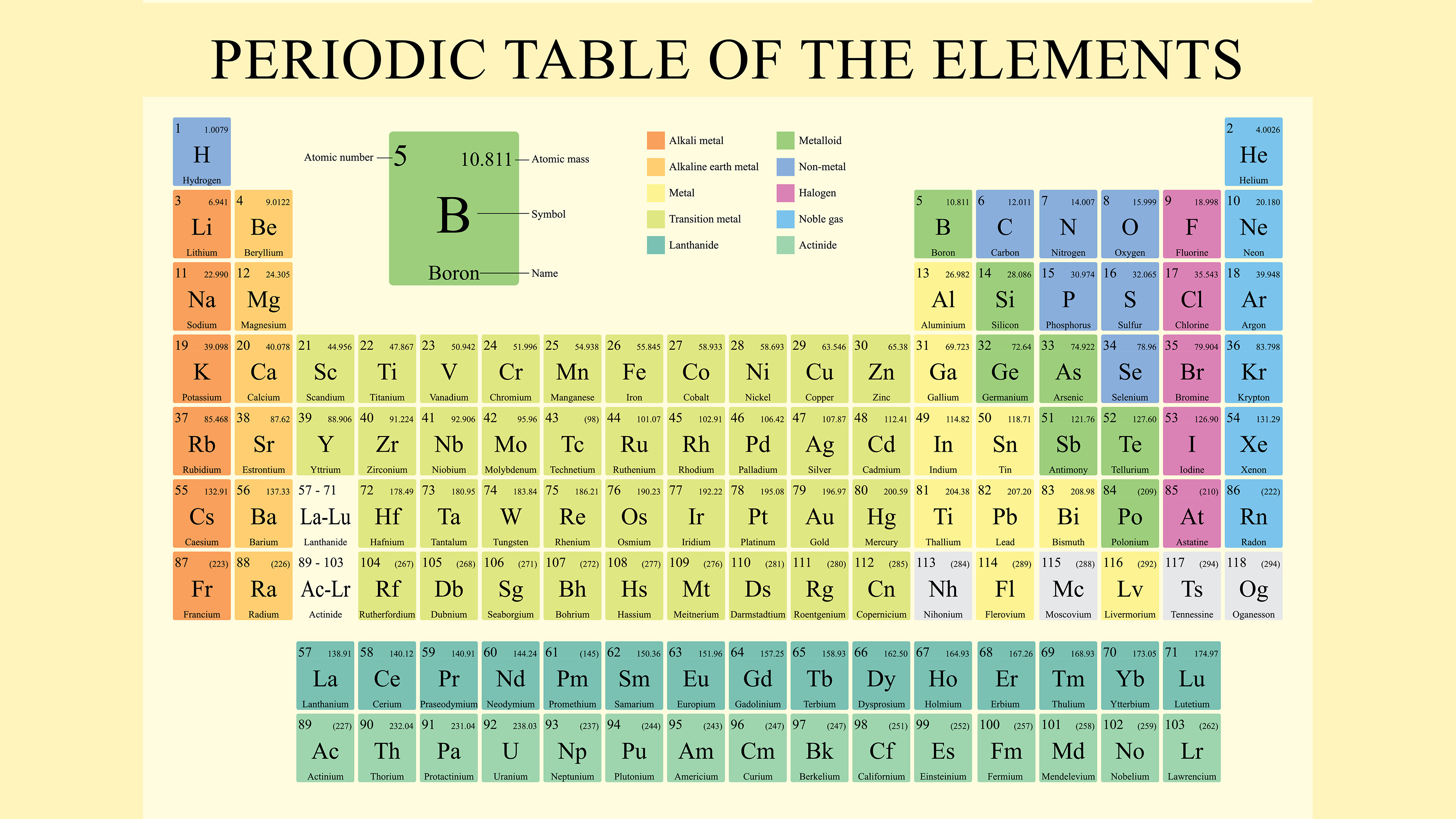The baby is being raised by foster penguin parents.
Published October 7, 2022 12:22PM EDT
A tiny endangered African penguin chick was recently born at the National Aviary in Pittsburgh.
About the size of a lime, the baby weighed just 2.7 ounces (77 grams) when it hatched in late September. African penguins typically reach their adult size by only 3 months old. They are about 18 inches tall and up to 10 pounds.
Male and female African penguins look the same, so the aviary will perform a DNA test on a feather in order to determine the chick’s gender.
The chick’s biological parents are first-time parents mom Patrick and her mate, Owen. Because it’s so important that each of these endangered chicks survive, the baby is being raised by colony mates, Sidney and Bette. That experienced pair has fledged 10 chicks at the aviary and are successfully feeding and caring for the new baby. Patrick and Owen are together at the aviary’s penguin habitat.
“Every hatching matters for species like African penguins, which are endangered and facing rapid population declines,” Chris Gaus, senior aviculturist at the National Aviary, said in a statement. “Each hatching is unique and we are always working to ensure chicks and parents are set up to thrive. This is particularly important in the very early days of chickhood, when chicks are fragile and require a high level of care.”
Threatened and Dwindling
The African penguin (Spheniscus demersus) is classified as endangered on the International Union for Conservation of Nature (IUCN) Red List. Native to the southwestern coast of Africa, there were 20,850 pairs of the penguins in 2015.
The birds face threats from overfishing, oil spills, pollution and human activity in their habitat. Their population numbers are decreasing, according to the IUCN.
There were millions of the penguins just a century ago, but now just over 1% of their population is left.
African penguins can’t fly, but they are very talented swimmers. Using their wings and webbed feet, they can dart through the water at speeds of up to 15 miles per hour.
They usually dine on fish and squid. They make their nests in caves, typically laying two eggs each season. The parents share responsibility for the eggs, which incubate for 38 days before hatching.
They have pink glands around their eyes that help them regulate their body temperature so they don’t overheat.
Penguin Conservation
National Aviary
The new chick is living in an artificial nest burrow in the penguin habitat. Similar burrows have been used in South Africa and Namibia to help chicks survive when human disturbance has had an impact on their breeding success.
“Sidney and Bette are dedicated penguin parents, and we’re confident they will take excellent care of this new chick. We are already observing feeding, brooding, and preening behaviors, and can see that the chick is growing and developing well in their care,” said Gaus.
The penguin habitat at the aviary includes heated rocky beaches, nest burrows, and temperature-regulated pools for swimming and diving. Visitors might hear the chick vocalizing along with its adoptive parents.
African penguins are part of the Species Survival Program (SSP) from the Association of Zoos and Aquariums to help with conservation and population management of species in North American zoos.
Note: This article have been indexed to our site. We do not claim legitimacy, ownership or copyright of any of the content above. To see the article at original source Click Here













